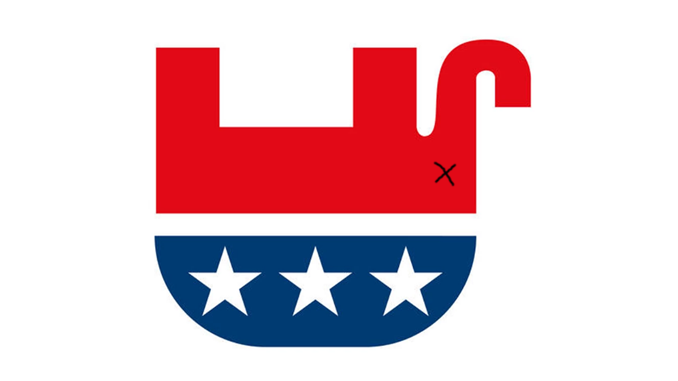
Three sitting Kansas legislators have shifted their party affiliations from Republican to Democrat affiliation over the last two weeks. It’s actually four, but the fourth official was defeated in her election and is on the way out of the legislature.
Sen. Dinah Sykes and Rep. Stephanie Clayton, both moderate Johnson County Republicans, said Wednesday they are becoming Democrats. They join Sen. Barbara Bollier, who left the Republican Party earlier in December.
Wichita Eagle
The Kansas Senate leader blasted Bollier last week:
Wagle’s reaction to the recent changes were less aggressive:
They’re not the only ones. In New York, county legislators have been switching from Republican to Democrat, shifting control of Republican strongholds. Lest this seem inconsequential, it’s important to recognize that Republicans have long had strongholds in much of the state, only to be overwhelmed on the state level by the immense population concentrations of New York City, Buffalo and Albany. It is because of that split that there are any significant restrictions on statewide actions by the Democrats.
Erie County legislator Kevin Hardwick shifted earlier this week, strengthening what was a slim majority for the Democrats according to WIVB. Monroe county legislator Tony Micchiche changed parties in October.
Those changes are offset in part by the shift in NY’s Cayuga County of Joseph Bennett from Democrat to Republican and Patrick Mahunik from Democrat to unaffiliated.
These shifts are not new in politics; what is unusual is the speed at which some of the changes are happening. It is particularly notable in an electorate which is as strongly divided on political parties as polls currently indicate. A strongly partisan electorate is typically an incentive to remain with an existing party, not to change.
The Republicans hold more state legislature seats nationwide than do the Democrats, so a purely mathematical analysis would place a greater likelihood that a given shift would happen from the GOP, rather than to it.
A shift between Republican and Democrat often signals a recognition of a changing local electorate, however; principle-based shifts are often to an unaffiliated or independent status. The movement of legislators to Democrat may be interpreted as a warning sign to the Republicans, shortly after a midterm election in which the Democrats racked up moderate gains.
